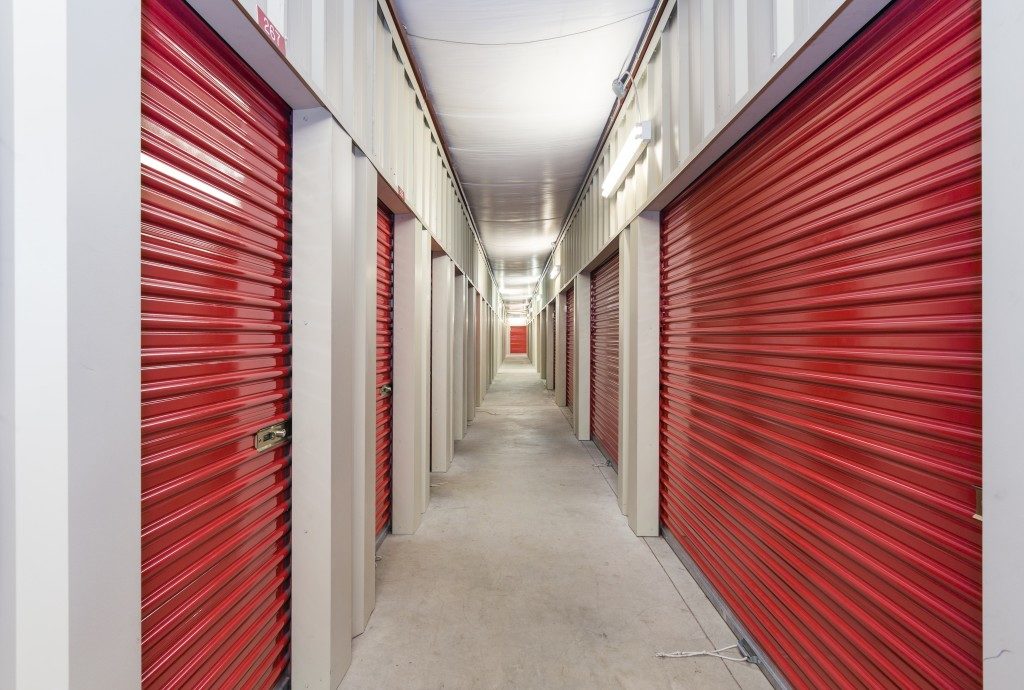Self-storage is an excellent option for items you cannot readily store at home but cannot dispatch. With the proper planning and care, your items for storage can be put away and taken out with relative ease.
So, you’ve inventoried your items and identified where they are supposed to go. Some of these things are destined to be brought to your new home and will be packed. Others are destined for the yard sale or to a local charity. Still, others may be too valuable to part with but cannot be stored at home, which is destined for self-storage. Now comes the next phase: having them organized and moved to where they’re supposed to go.
A broad assortment of non-perishable items can be kept in a climate-controlled storage facility, with the right preparations. Among the things typically kept in storage would include seldom-used hobby and recreation equipment like camping supplies and seasonal emergency items (such as jumper cables) that are not yet needed. These would often be stored in boxes.
Why Store
Putting items in self-storage is often done either as a stopgap measure for when you’re moving to a smaller home temporarily, as a way to store items that will eventually be sold or as a way of keeping items you use occasionally or seasonally but have no space for at home. You might also put sentimental items in storage when you have no room for them at home yet but cannot otherwise part with them.
In Marietta, GA, and across the country, climate-controlled storage units provide individuals and families with a safe place to store their items at affordable rates.
Self-Storage Prep Work
Before anything else, you should take the opportunity to measure both the storage unit (or its remaining space) and the items you intend to store. Anything that you intend to store should at the least fit within the space provided by the storage unit. Before loading up your storage unit, have the space thoroughly cleaned; you will not have the opportunity to do this again until you’ve emptied it. The items you will store should also be thoroughly cleaned as needed to minimize the impact of dust and debris while in storage.
Item Protection
It is ill-advised to put items into your storage bins without additional protection for the ease of handling. Some items, electronics among them, can become covered in dust and risk getting damaged over a prolonged period if left exposed. Wires and cords, meanwhile, might get tangled and become a nuisance.
For items that have already been packaged, you may not need to worry much. Have everything be adequately labeled to make them easier to keep track of. Make sure to keep these labels visible for ease of access. A few life hacks might be all you need to keep other things sorted out. Wires can be kept organized through cardboard tubes, preventing them from tangling up while stored away.
Organizing Your Items

Having your storage unit appropriately organized is the key to maximizing the amount of items you can have stored away without having to worry much about moving them around. This is especially useful if you intend to have the items sold in the short-term. Make sure to maximize overhead spaces by installing or using shelving units to store smaller items.
Finally, before storing or packing anything, take the time to catalog everything to be stored properly. Make a video or take pictures of the items going into storage and keep them on a list.

